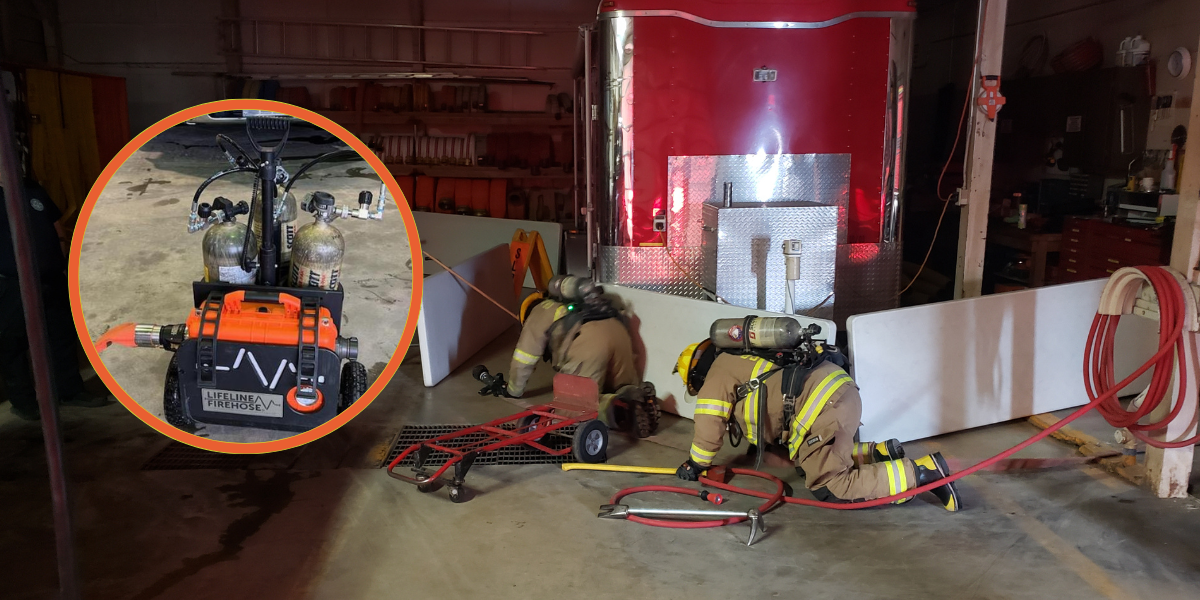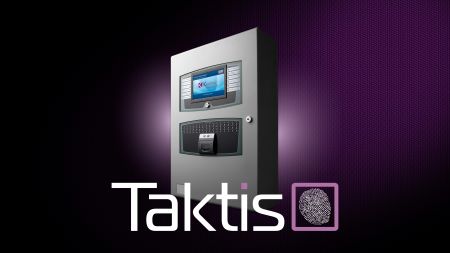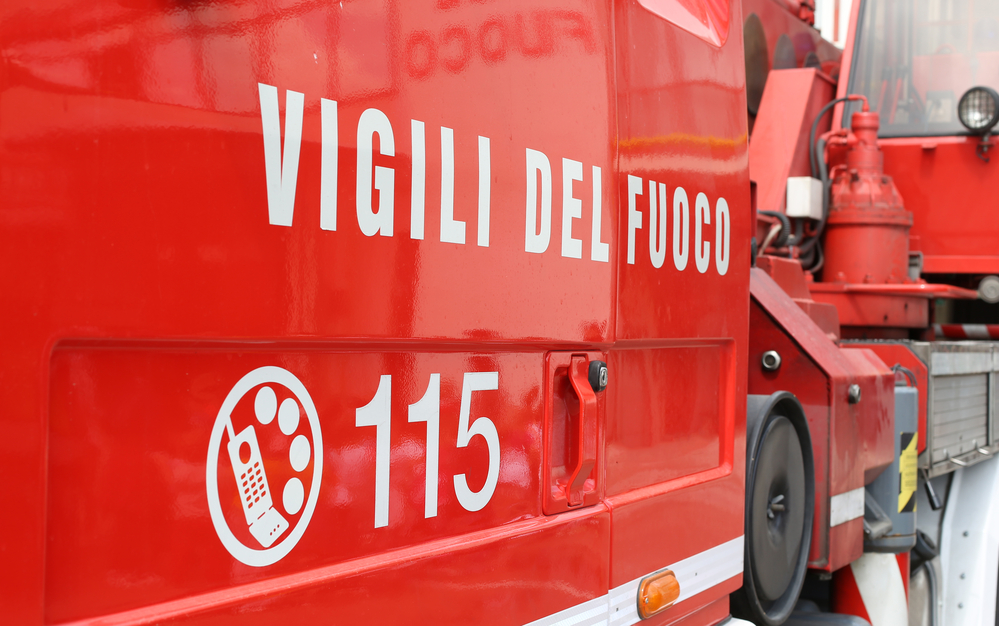John O’Sullivan, Technical Director for Fire Safety Consultancy at Bureau Veritas, talks to Fire Buyer about fire safety compliance in a rapidly evolving arena.
Why is compliance necessary?
Not matter what role your business performs, as an employer, landlord, owner, occupier, or manager you have a legal duty to ensure fire safety within your business. As part of this, it is a legal requirement to have a written Fire Risk Assessment (FRA) in any business with five or more employees. Failure to have one in place can result in serious penalties, fines, or even imprisonment.
Not only is an FRA important in order for you to meet your legal requirements, but it is also vital in minimising the likelihood of a fire. Whilst accidents cannot always be avoided, by identifying potential hazards and risks – and addressing the issues – you will be doing all that is reasonably practicable to prevent them occurring.
At what stage of the construction process should fire safety and regulation be implemented?
Considering fire safety at the earliest possible point of planning a development is essential to ensure that fire risks are managed effectively in both the construction phase and after occupation.
This starts with the client appointing designers, a principal designer and principal contractor with the relevant skills, knowledge, experience, and organisational capabilities to fulfil their roles. They must set out how they expect the project to be managed, ensure the construction phase plan is in place, and includes project specific fire risks and the procedures in case of fire.
The Principal Designer is responsible for:
- Considering the risk of fire when designing the construction project including choice of building materials and process of build, as well as off-site fire risk including impact on neighbouring properties and their emergency escape routes.
- Providing risk mitigation measures for the construction phase.
- Having a fire engineering strategy report that covers all aspects of the design and construction will apply, considering the recommendations of Approved Document B, (England and Wales) Building Standards (Scotland) and applicable British Standards and codes of practice.
- It can also be the case that performance-based fire engineering design maybe used, by the use of other standards to achieve compliance when approved by the Building Control Authority.
Do you think the UK government’s ‘planning Gateway One’ will help tackle the war against cladding since the Grenfell tragedy?
Gateway One is only the beginning of the new Building Safety Bill, and applies to high rise multi-occupancy residential buildings, with floors over 18m in height. This includes student accommodation and hospitals as per relevant buildings for the combustible ban, as well as new building extensions and major refurbishments and existing relevant buildings.
Gateway One will introduce a number of new requirements into the planning system. This will ensure fire safety is prioritised and is incorporated at the planning stage for schemes involving a high-rise residential building.
It will involve Health & Safety Executive (HSE) becoming a statutory consultee before permission is granted for a development which involves or is likely to involve a high-rise residential building in certain circumstances. It also requires relevant applications for planning permission to include a fire statement to ensure applicants have considered fire safety issues, as they relate to land use planning matters (for instance layout and access).
Finally, it will help inform effective decision-making on local planning, as the Bill is currently going through Parliament, thus it is possible before it gains Royal Ascent that some significant changes may be made to the Act.
How are fire risk assessments becoming increasingly complicated, and how can Bureau Veritas help organisations?
The recent Fire Safety Act 2021 has introduced some significant changes that places an immediate requirement for additional life safety issues in relation to the external building structure (cladding and balconies) to be referenced in fire risk assessments.
Bureau Veritas is a world leading, professional services company. We offer and provide bespoke solutions to help clients and organisations achieve, maintain, and demonstrate compliance with quality, health, safety, environmental and social accountability obligations. Our approach is far reaching and offers a complete compliance partner approach to ensure business owners and duty holders meet compliance requirements. It comprises of a group of competent qualified fire risk assessment personnel to ensure it provides a consistent quality report to clients.
Has Covid-19 changed the way in which fire safety assessments are conducted in non-domestic buildings?
We have continued to offer a full fire risk assessment service to our clients throughout the pandemic in both residential and non-residential buildings.
The pandemic has not been without its challenges though, and there have been subtle changes to the way that we work.
- Gaining access to our clients’ sites has been more complex and varied, with much more for our schedulers and assessors to keep track of ahead of visits particularly in relation to PCR and / or lateral flow testing ahead of visits to some sites.
- There has been some shift in the balance of work carried out on site and remotely. Our assessors are much more likely to spend time scrutinising compliance data at home rather than while on site.
- The way that fire risk assessments are carried out on site has not altered – our assessors still need to talk to the same stakeholders during their assessment. The nature of the way this communication happens has changed though, with assessors typically meeting with much smaller groups, and with some of this communication also moving into remote and off-site settings.
Though some of the site/office balance has altered, we have been able to attend our customers sites throughout the pandemic and believe strongly that the physical examination of site is and always will be an essential component of fire risk assessment.
What would your top tips be for companies trying to adhere to best practice and compliance?
Threats to organisations can come in various forms and at any time. Management involves undertaking the appropriate actions in the relatively rare instance when risk management – encompassing prevention, protection and preparation – is not sufficient to cater for the identified threat. In effect the management plan should provide the glue to ensure survivability.
Prevention: identification of the potential root causes of the threat and taking steps to remove the identified risks at the source, such as the probability of an occurrence is reduced.
Protection: by using processes or systems to minimise the impact of the identified risks.
Preparation: response and recovery by taking management and control the actions prior to, during, and after an occurrence deemed to be a crisis.
It is for this reason that Bureau Veritas has the skills and competencies to help management put in place plans and processes to mitigate risk to the business strategy and financial objectives for a successful future.
To stay up to date on the latest, trends, innovations, people news and company updates within the global fire market please register to receive our newsletter here.
Media contact
Rebecca Morpeth Spayne,
Editor, International Fire Buyer
Tel: +44 (0) 1622 823 922
Email: editor@firebuyer.com









